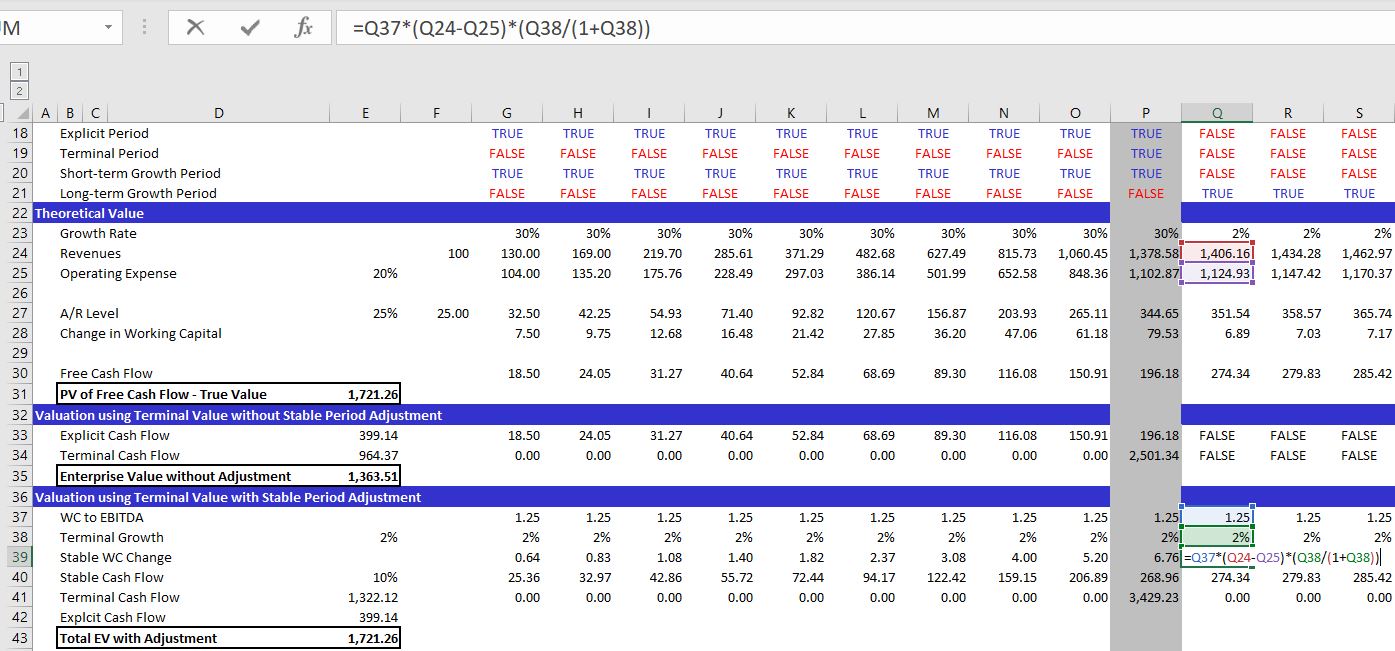Home>Finance>Cash-on-Cash Yield: Definition, Formula For Calculating, Example


Finance
Cash-on-Cash Yield: Definition, Formula For Calculating, Example
Published: October 25, 2023
Learn the definition and formula for calculating cash-on-cash yield in finance. Explore an example and improve your understanding of this important financial metric.
(Many of the links in this article redirect to a specific reviewed product. Your purchase of these products through affiliate links helps to generate commission for LiveWell, at no extra cost. Learn more)
Cash-on-Cash Yield: Definition, Formula for Calculating, Example
When it comes to investing in real estate, understanding the potential return on investment (ROI) is essential. One metric that can help you evaluate the profitability of a property is the cash-on-cash yield. In this blog post, we will dive into the definition of cash-on-cash yield, explain how to calculate it, and provide an example to illustrate its application.
Key Takeaways:
- Cash-on-cash yield is a real estate metric used to determine the annual return on investment based on the amount of cash invested.
- The formula for calculating cash-on-cash yield is (Net Operating Income / Total Cash Investment) x 100.
So, what exactly is cash-on-cash yield? Cash-on-cash yield is a measure of the annual return on investment based on the cash invested in a property. It helps determine how much income an investor can expect to receive compared to the initial cash contribution. Essentially, it measures the cash flow generated by the property relative to the amount of cash invested.
To calculate the cash-on-cash yield, you need two variables: the net operating income (NOI) and the total cash investment. The net operating income is the income generated by the property after deducting operating expenses such as property taxes, maintenance, and insurance. The total cash investment includes the down payment, closing costs, and any other cash invested in the property.
The formula for calculating cash-on-cash yield is straightforward. It is the net operating income divided by the total cash investment, multiplied by 100 to express it as a percentage. The resulting percentage represents the annual cash return on the investment. For example, if the cash-on-cash yield is 8%, it means that the property is generating an annual return of 8% based on the cash invested.
Let’s take a hypothetical scenario to illustrate how cash-on-cash yield works. Suppose you have purchased a rental property for $200,000. After deducting operating expenses, the property generates a net operating income of $20,000 per year. Taking into account your total cash investment of $50,000 (down payment and closing costs), you can calculate the cash-on-cash yield:
- Net Operating Income: $20,000
- Total Cash Investment: $50,000
Using the formula, we find that the cash-on-cash yield is ($20,000 / $50,000) x 100 = 40%. This implies that your initial cash investment of $50,000 is generating a 40% return annually.
By understanding the cash-on-cash yield, real estate investors can gauge the potential profitability of a property and make more informed investment decisions. It allows them to compare different investment opportunities and assess which ones offer the best return on their cash investment.
In conclusion, cash-on-cash yield is a valuable metric for evaluating real estate investments. By calculating this metric, investors gain insights into the cash returns generated by their investments relative to the cash they have contributed. This information can help them make sound investment decisions and maximize their ROI.














